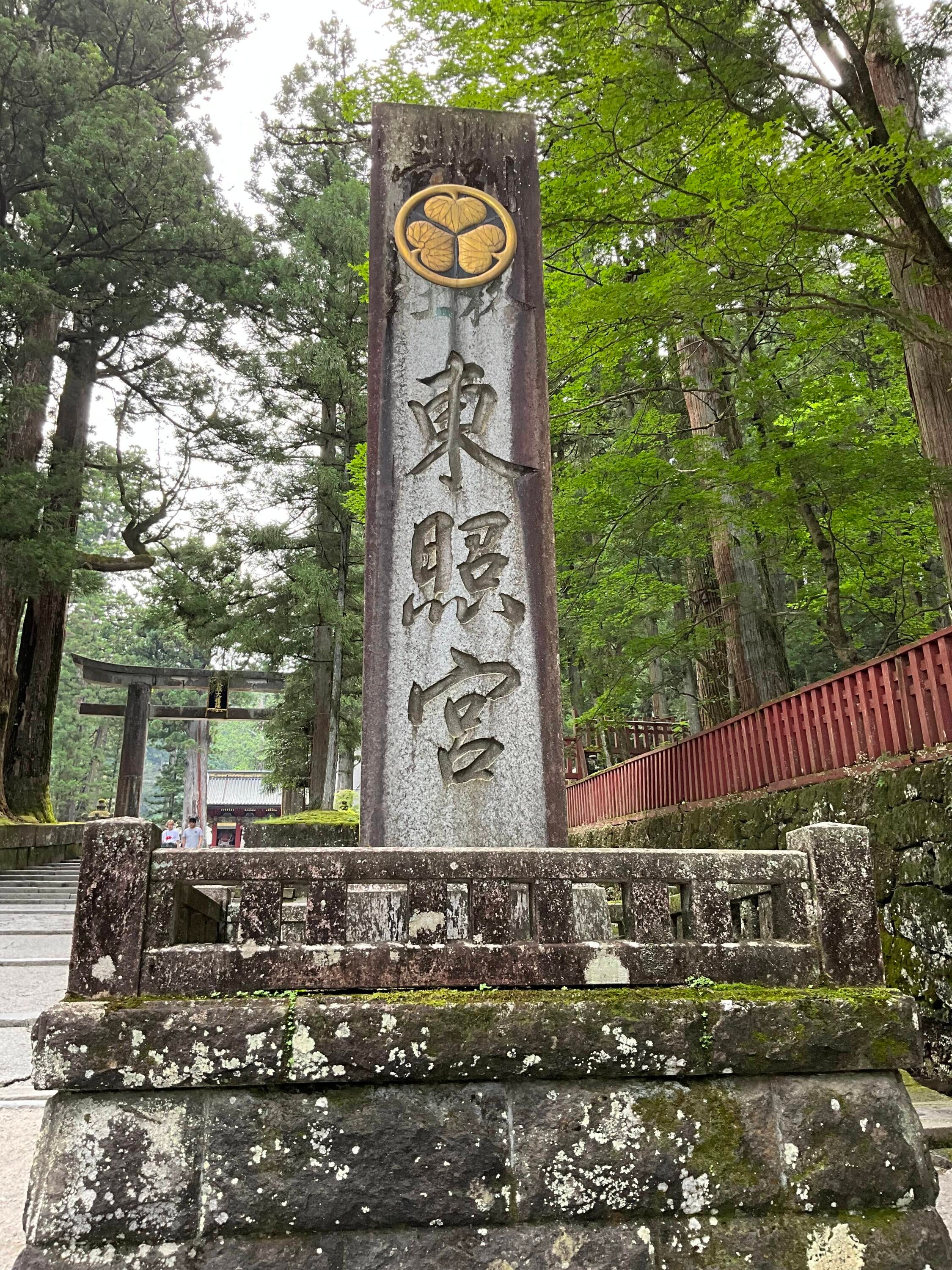Reimagining Tradition: The Nikko Toshogu Shrine in Postwar Japan and Beyond (1953–Present)- a lecture by Professor Daniele Lauro

Event description
- Academic events
For over two centuries following its founding in 1617, the Nikko Toshogu Shrine symbolized the authority of the Tokugawa shogunate, serving as the final resting place of Tokugawa Ieyasu. His deification reinforced the regime’s legitimacy in governing Japan. The Meiji Restoration of 1868 and the rise of the modern nation-state disrupted this framework, reshaping the shrine’s identity and leading to the adaptation, reinvention, or discontinuation of many of its traditions. This presentation explores the transformations of the Toshogu in the latter half of the 20th century, focusing on how the shrine utilized its historical legacy to elevate its cultural standing and contribute to Japan’s global image. Case studies include the 2002 reenactment of a Joseon envoy’s visit to Nikko, an initiative modeled on the Korean missions to Tokugawa Japan (1607–1811), which sought to improve Japanese-Korean relations. Another example is yabusame, a ceremonial form of mounted archery with origins in the 11th century, which the shrine began performing in 1953 to attract tourists. By the 1980s, yabusame performances had expanded internationally, featuring at festivals in New Zealand, Mexico, and England, thereby becoming a vehicle for cultural diplomacy. These examples challenge the perception of tradition as unchanging and underscore the enduring impact of Japan’s premodern heritage on its contemporary identity, cultural practices, and diplomatic endeavors.
Registration Link: https://forms.gle/aYrxor4RB5pQvPuN7

